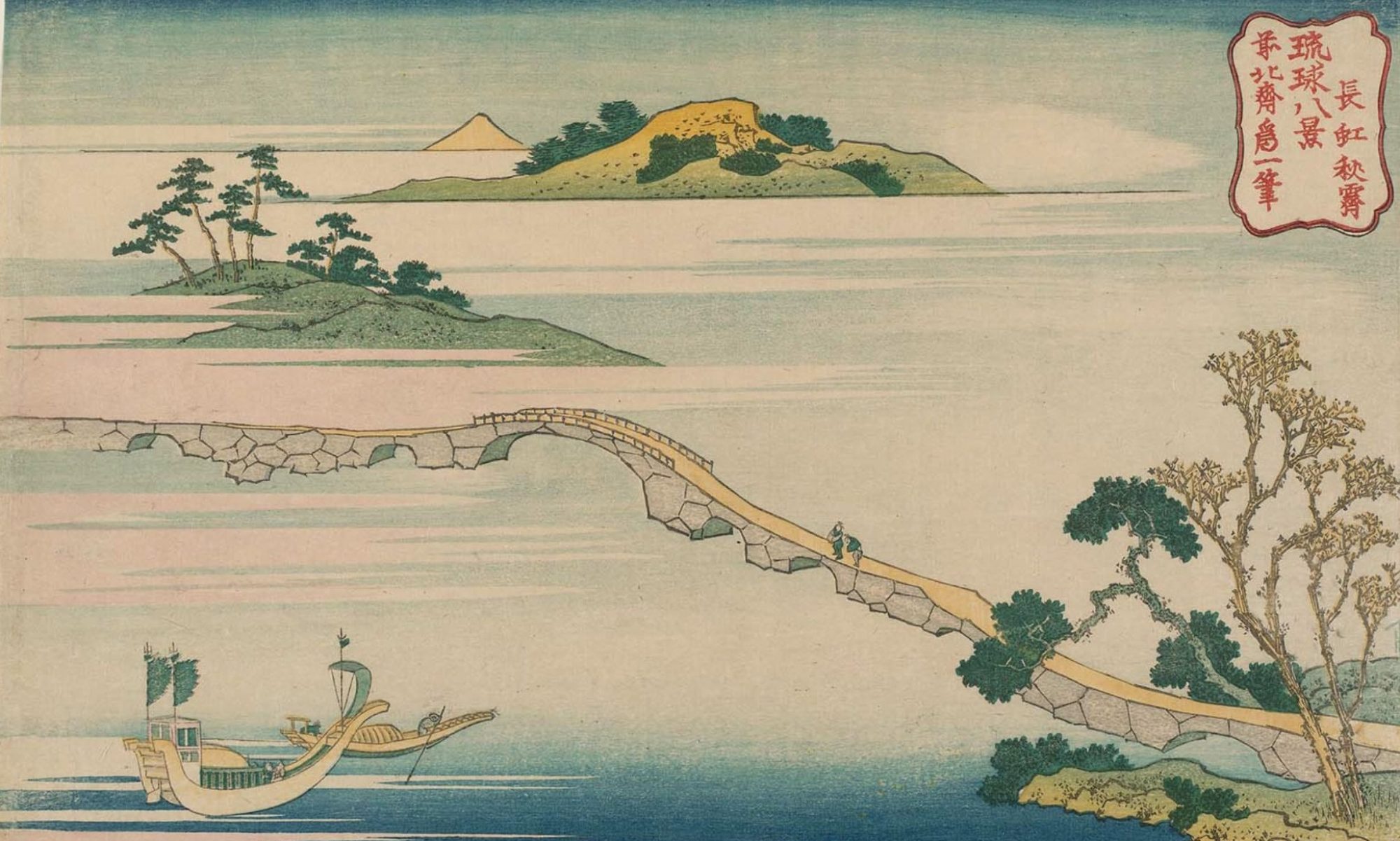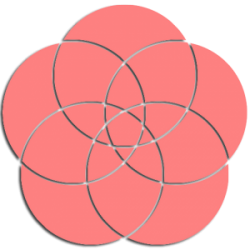Q: Dear Luca, I have questions about kire (cutting words) in ELH. In Japanese haiku a kireji can be placed at the end of L1, L2, or L3. Can we do the same to English Language Haiku? Is there any example for this in ELH? Thank you so much for your kind answer.
A: In classical Japanese haiku there are eighteen different kireji 切れ字 (‘cutting characters’) called kireji jūhachiji 切れ字十八時, that provide structural support to the poem, along with a sense of awe (eitan 詠嘆) and emotional vibration (yoin 余韻). The most common are ya や (a break that carries a feeling of wonder, amazement or perplexity, placed at the end of the first or second line), kana かな (commonly used to close the poem by stressing its emotional content) and keri けり (a verb suffix used to express an emotional involvement of the poet or a reaction to an actual situation).
In ELH the use of a kireji (a cutting ‘mark’) is quite different since we can not rely on their original lexical and semantic rooting. It is also more free and variegated. Check these examples:
autumn twilight:
the wreath on the door
lifts in the wind
Nicholas A. Virgilio
a cloud
bigger than the sky –
spring longing
Jim Kacian, 2003
after the rain
the smell of new asphalt
my Proust moment…
Jörgen Johansson (heads or tails, 2018)
In ELH the most common cutting marks are the dash (generally used as a replacement for ya) and the ellipsis (for kana and keri), but the same convincing effects can be produced by grammar particles or by the poem itself (with an unmarked cut), if the author makes a wise use of the juxtaposition (toriawase 取り合わせ):
blustery wind
kicking a leaf
into winter
Martha Magenta (MHP, 2018)
The same goes for a two-line haiku, while a special reference should be made for the monostich (‘monoku’ or ‘one line haiku’), but we’ll talk some more in a new post.

